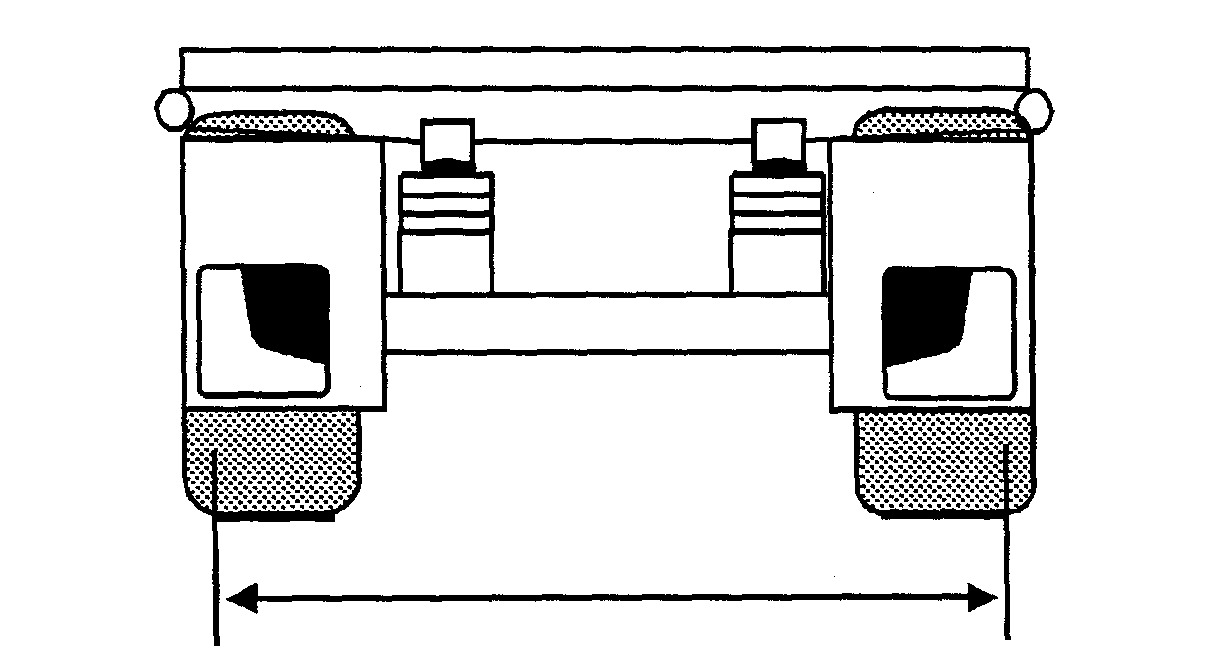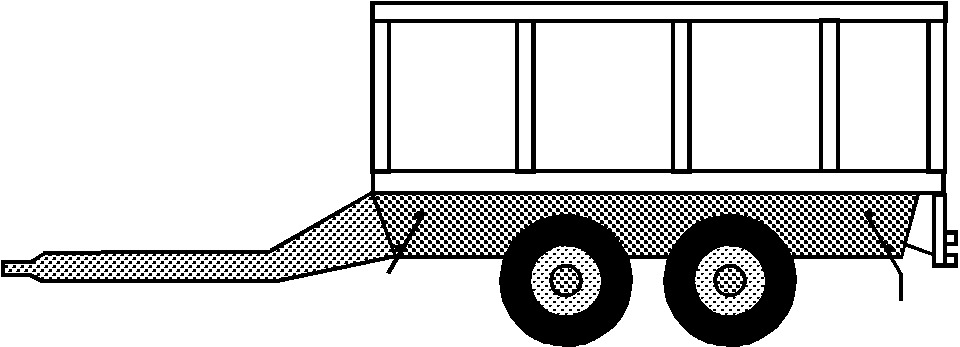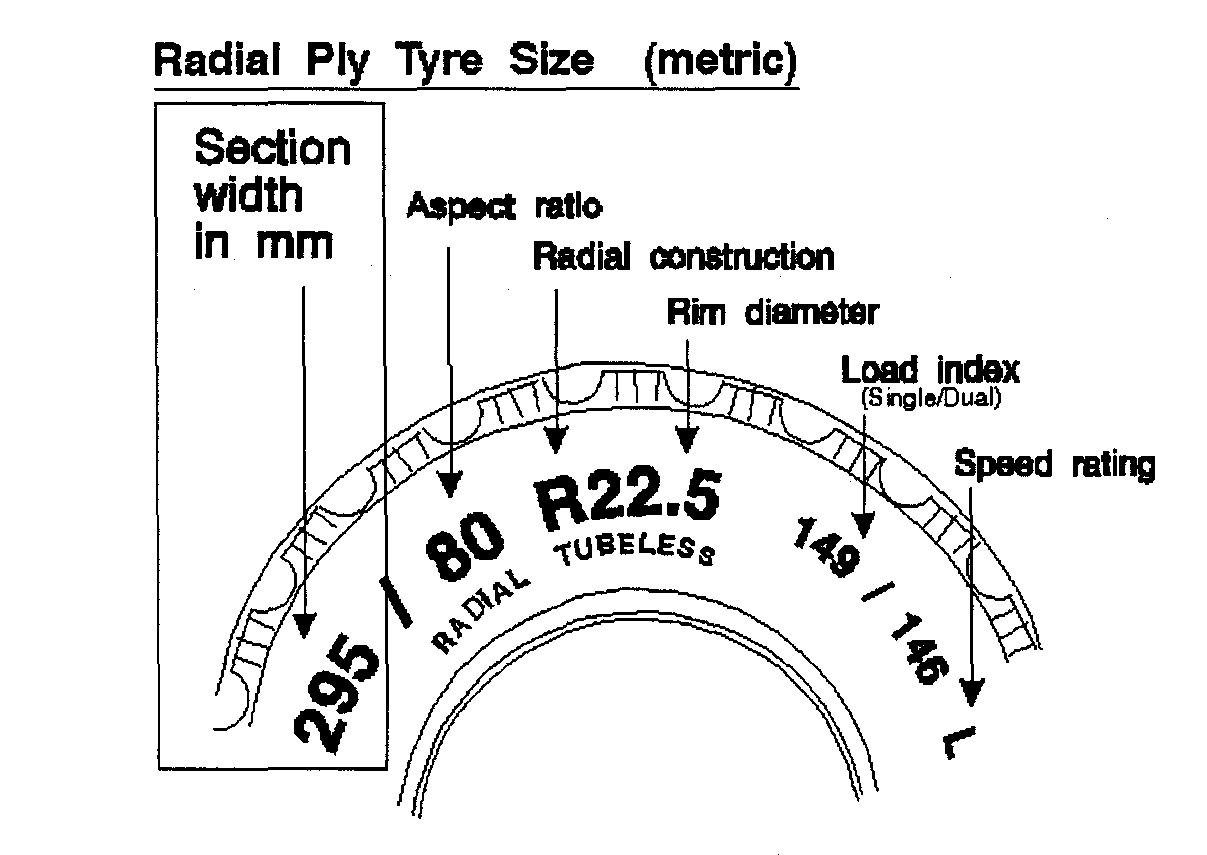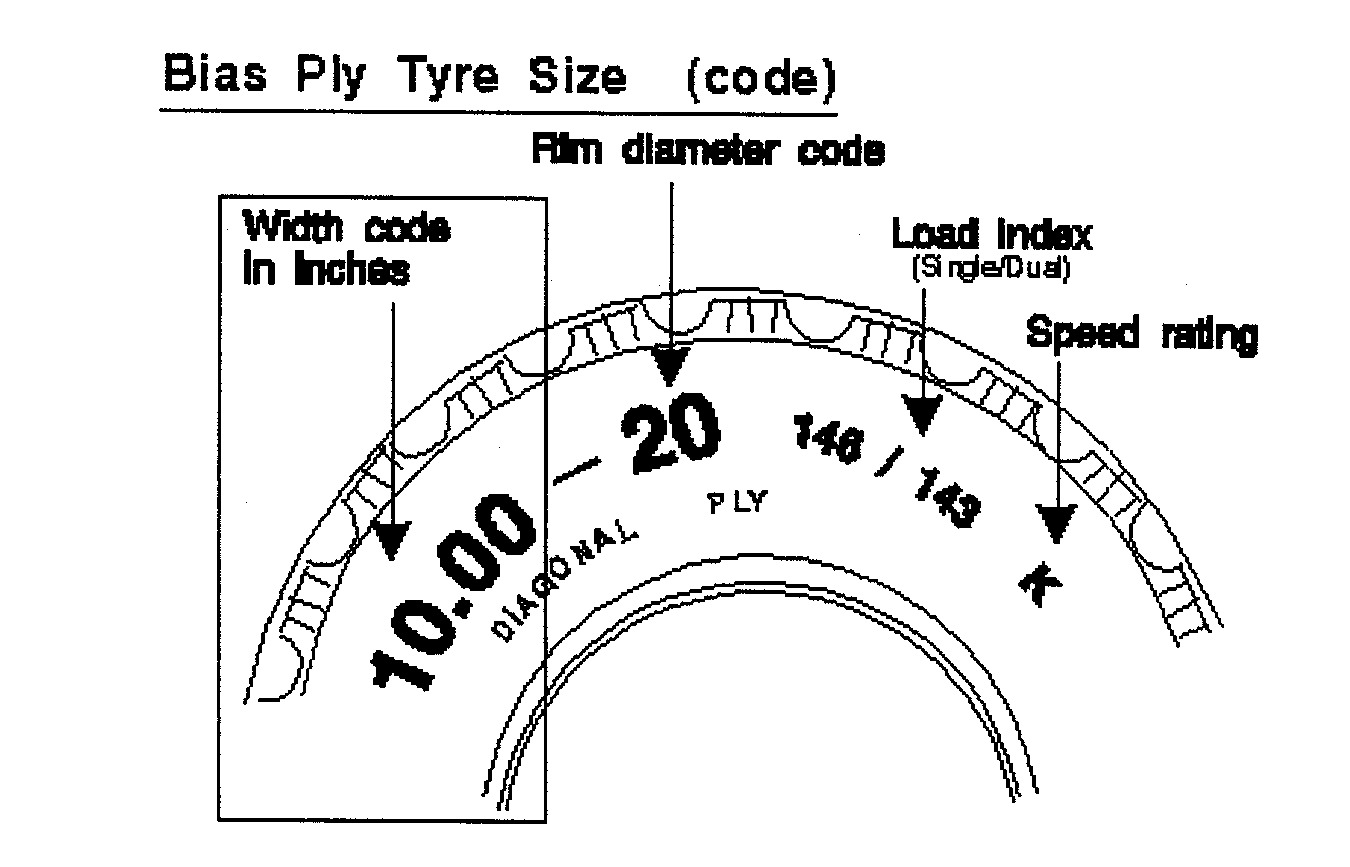 Australian Capital Territory Numbered Regulations
Australian Capital Territory Numbered Regulations Australian Capital Territory Numbered Regulations
Australian Capital Territory Numbered Regulations(see s 3)
Note 1 The Legislation Act contains definitions and other provisions relevant to this regulation.
Note 2 For example, the Legislation Act, dict, pt 1, defines the following terms:
• daily newspaper
• daylight
• may (see s 146)
• must (see s 146)
• night
• notifiable instrument (see s 10)
• penalty unit (see s 133)
• road transport authority.
Note 3 Terms used in this regulation have the same meaning that they have in the Road Transport (Mass, Dimensions and Loading) Act 2009 (see Legislation Act, s 148). For example, the following terms are defined in the Road Transport (Mass, Dimensions and Loading) Act 2009, dict:
• corresponding law
• corresponding road transport authority
• driver
• GCM
• GVM
• heavy combination (see s 8)
• heavy vehicle (see s 7)
• operator (see s 11)
• owner
• road related area.
"ADR" (or Australian Design Rule)—see the Road Transport (Vehicle Registration) Regulation 2000, dictionary.
Note The Road Transport (Vehicle Registration) Regulation 2000 defines ADR as a national standard under the Motor Vehicle Standards Act 1989 (Cwlth).
"agricultural combination" means a combination that includes at least 1 agricultural vehicle.
"agricultural implement "means a vehicle without its own automotive power, built to perform agricultural tasks.
Examples
irrigating equipment, augers, conveyors, empty field bins, harvester fronts, harvest bins, machinery fully carried on the three-point linkage of a tractor
Note An example is part of the regulation, is not exhaustive and may extend, but does not limit, the meaning of the provision in which it appears (see Legislation Act, s 126 and s 132).
"agricultural machine "means a machine with its own automotive power, built to perform agricultural tasks.
Examples
tractors, harvesters
Note An example is part of the regulation, is not exhaustive and may extend, but does not limit, the meaning of the provision in which it appears (see Legislation Act, s 126 and s 132).
"agricultural vehicle "means an agricultural implement or agricultural machine.
"approved route", for division 2.6 (Higher mass limits for eligible vehicles)—see section 45.
"articulated bus"—see the Road Transport (Vehicle Registration) Regulation 2000, dictionary.
"articulated vehicle"—see the Road Transport (Safety and Traffic Management) Regulation 2000, dictionary.
"Australian Design Rule"—see ADR.
"axle"—
(a) for this regulation generally—see the Road Transport (Vehicle Registration) Regulation 2000, dictionary; and
(b) for schedule 2 (Oversize and overmass vehicles)—see schedule 2, section 2.1.
"axle group"—see the Road Transport (Vehicle Registration) Regulation 2000, dictionary.
"axle load", for an axle of a vehicle, means the total load, worked out under section 64 (Calculating axle loads with measuring instruments), transmitted to the road by all wheels on the axle.
"axle spacing", for schedule 1 (Mass and loading requirements for heavy vehicles), division 1.1.3 (Mass limits for axle spacing)—see schedule 1, section 1.14.
"B-double"—see the Road Transport (Vehicle Registration) Regulation 2000, dictionary.
"bus"—see the Road Transport (Public Passenger Services) Act 2001, section 10A.
"centre-line"—
(a) of an axle, means—
(i) for an axle with 1 shaft—a line parallel to the length of the axle and passing through its centre; and
(ii) for an axle with 2 shafts—a line in the vertical plane that passes through the centre of both shafts and through the centres of the wheels on the shafts; and
(b) of an axle group—see the Road Transport (Vehicle Registration) Regulation 2000, dictionary.
certain combination, for division 2.5 (Towing restrictions for certain combinations)—see section 36.
class 1 notice—see section 14 (1).
class 1 permit—see section 17 (1).
class 1 vehicle—see section 12.
class 2 notice—see section 21 (1).
class 2 permit—see section 24 (1).
class 2 vehicle—see section 20.
class 3 notice—see section 28 (1).
class 3 permit—see section 31 (1).
class 3 vehicle—see section 27.
"complying bus", for schedule 1 (Mass and loading requirements for heavy vehicles), division 1.1.2 (Mass limits for tyres, wheels and axles)—see schedule 1, section 1.5.
"converter dolly"—see the Road Transport (Vehicle Registration) Regulation 2000, dictionary.
"dimension limit" includes a limit under this regulation that applies to a load or projection on a vehicle or combination.
"distance", between 2 parallel lines, for schedule 2 (Oversize and overmass vehicles)—see schedule 2, section 2.1.
"dog trailer"—see the Road Transport (Vehicle Registration) Regulation 2000, dictionary.
"drawbar"—see the Road Transport (Vehicle Registration) Regulation 2000, dictionary.
"drive", for a vehicle or combination, includes stand.
"eligible vehicle"—see section 43.
"escort vehicle" means a vehicle being used—
(a) to transport a police officer or other person directing traffic; and
(b) to warn other road users of the presence of an oversize vehicle or combination.
"essential service"—see the Utilities Act 2000, section 149A.
"exempt combination", for division 2.5 (Towing restrictions for certain combinations)—see section 37.
"exempt combination notice"—see section 39 (1).
"exempt combination permit"—see section 41 (1).
"fifth wheel coupling"—see the Road Transport (Vehicle Registration) Regulation 2000, dictionary
"gross road train mass", for part 3 (Road trains—Act, s 508 and s 509)—see section 53.
"gross road train mass rating", for part 3 (Road trains—Act, s 508 and s 509)—see section 54.
"ground contact width" means—
(a) for an axle—the distance in metres between the outermost point of ground contact of the outside tyres on each end of the axle; and
(b) for an axle group—the greatest ground contact width of all the axles in the group.

Ground contact width for an axle
"hauling unit", for a combination, means a motor vehicle that is part of a combination.
"higher mass limit", for an eligible vehicle—see section 44.
"jinker" means an axle or axle group that is—
(a) built to support part of a load; and
(b) connected to the vehicle in front of it by a pole or cable or the load itself (if any).
"large indivisible item" means an item that—
(a) cannot be divided without extreme effort, expense or risk of damage to the item; and
(b) cannot be carried on a vehicle or combination without exceeding a mass or dimension limit mentioned in schedule 1 (Mass and loading requirements for heavy vehicles).
"load-carrying", for a vehicle or combination, means a vehicle or combination that is carrying, or is built to carry, a load.
"loaded mass" means the mass of a vehicle and any load carried by the vehicle.
"load-sharing suspension system" means an axle group suspension system that—
(a) is built to divide the load between the tyres on the group so that no tyre carries a mass more than 10% heavier than the mass the tyre would carry if the load were divided equally; and
(b) has effective damping characteristics on all axles of the group.
"low-beam", for a headlight or front fog light fitted to a vehicle, for schedule 2 (Oversize and overmass vehicles)—see the Road Transport (Vehicle Registration) Regulation 2000, dictionary.
"low-loader" means a gooseneck semitrailer with a loading deck not more than 1m above the ground.
"low-loader dolly" means a mass-distributing device that—
(a) is usually coupled between a prime mover and a low-loader; and
(b) consists of a gooseneck rigid frame; and
(c) does not directly carry any goods on itself; and
(d) is equipped with 1 or more axles, a kingpin and a fifth wheel coupling.
"measuring instrument"—see the Trade Measurement Act 1991, dictionary.
"National Transport Commission"—see the Road Transport (General) Act 1999, dictionary.
"notice" means a notice made under this regulation.
"overmass", for a vehicle or combination, means that the vehicle or combination, together with its load (if any), is heavier than a mass limit mentioned in schedule 1 (Mass and loading requirements for heavy vehicles).
"overmass vehicle or combination", for schedule 2 (Oversize and overmass vehicles)—see schedule 2, section 2.1.
"oversize", for a vehicle or combination, means that the vehicle or combination, together with its load (if any), exceeds a dimension limit mentioned in—
(a) this regulation; or
(b) the Road Transport (Vehicle Registration) Regulation 2000.
"oversize or overmass vehicle or combination", for schedule 2 (Oversize and overmass vehicles)—see schedule 2, section 2.1.
"oversize vehicle or combination", for schedule 2 (Oversize and overmass vehicles)—see schedule 2, section 2.1.
"permit" means a permit issued under this regulation.
"pig trailer" means a trailer that—
(a) has 1 axle group, or a single axle, near the middle of its load-carrying surface; and
(b) is connected to the towing vehicle by a drawbar.

Pig trailer
"pilot vehicle" means a vehicle being used to warn other road users of the presence of an oversize vehicle or combination.
"prime mover"—see the Road Transport (Vehicle Registration) Regulation 2000, dictionary.
"quad axle group"—see the Road Transport (Vehicle Registration) Regulation 2000, dictionary.
"rear overhang line"—see the Road Transport (Vehicle Registration) Regulation 2000, dictionary.
"registration number", for a registrable vehicle—see the Road Transport (Vehicle Registration) Regulation 2000, dictionary.
Note A vehicle's registration number is the number on the vehicle's numberplates.
"restricted access vehicle"—see section 9.
"retractable axle"—see the Road Transport (Vehicle Registration) Regulation 2000, schedule 1, section 1.183.
"road train—"see the Road Transport (Vehicle Registration) Regulation 2000, dictionary.
"semitrailer"—see the Road Transport (Vehicle Registration) Regulation 2000, dictionary.
"single axle"—see the Road Transport (Vehicle Registration) Regulation 2000, dictionary.
"single axle group"—see the Road Transport (Vehicle Registration) Regulation 2000, dictionary.
"single motor vehicle" means a motor vehicle that is not part of a combination.
"special purpose vehicle"—
(a) means a vehicle if the primary purpose for which the vehicle was built, or permanently modified, was not the carriage of goods or passengers; and
(b) includes—
(i) a concrete pump; and
(ii) a fire truck; and
(c) does not include—
(i) a tow truck; or
(ii) an agricultural vehicle.
"steerable axle"—see the Road Transport (Vehicle Registration) Regulation 2000, dictionary.
"tandem axle group"—see the Road Transport (Vehicle Registration) Regulation 2000, dictionary.
"total mass", for a vehicle or combination, means—
(a) for a load-carrying vehicle or combination—the loaded mass of the vehicle or combination; and
(b) for a non load-carrying vehicle or combination—the mass of the vehicle or combination together with—
(i) any goods, passengers or drivers in or on the vehicle or combination; and
(ii) any fuel, water, lubricants or readily removable equipment carried in or on the vehicle or combination that is required for normal operation of the vehicle or combination; and
(iii) any personal items used by a driver of the vehicle or combination; and
(iv) anything that is normally removed from the vehicle or combination when the vehicle or combination is not in use.
"tow coupling" means a mechanical assembly by means of which a flexible connection is made between 2 vehicles in a combination.
"tow truck"—see the Road Transport (Vehicle Registration) Regulation 2000, dictionary.
"tractor"—see the Road Transport (Vehicle Registration) Regulation 2000, dictionary.
"tri axle group"—see the Road Transport (Vehicle Registration) Regulation 2000, dictionary.
"twinsteer axle group"—see the Road Transport (Vehicle Registration) Regulation 2000, dictionary.
"tyre width" means—
(a) for a radial ply tyre—the number of millimetres marked on the tyre in the position labelled ‘Section width in mm'; and

Position of sectionwidth marking on radial ply tyre
(b) for a bias-type tyre—the number of millimetres equal to 25.4 times the number marked on the tyre in the position labelled ‘Width code in inches'; and

Position of width codemarking on diagonal or bias-type tyre
(c) if no section width or width code is marked on a tyre—the tyre width in millimetres worked out by measuring the width of the part of the tyre that normally comes into contact with the road surface.
"ultra-low floor bus", for schedule 1 (Mass and loading requirements for heavy vehicles), division 1.1.2 (Mass limits for tyres, wheels and axles)—see schedule 1, section 1.6.
"vehicle" includes—
(a) the vehicle's equipment; and
(b) anything the vehicle is carrying that is essential for operating the vehicle.
"warning light"—see schedule 2 (Oversize and overmass vehicles), section 2.44.
"warning sign"—see schedule 2 (Oversize and overmass vehicles), section 2.47.
"wheel" includes a group of wheels mounted on an axle on one side of the longitudinal centre-line of a vehicle.
"wheel load" means the mass transmitted to the road by a wheel.
Endnotes
1 Notification
Notified under the Legislation Act on 1 March 2010.
2 Republications of amended laws
For the latest republication of amended laws, see
www.legislation.act.gov.au.
© Australian Capital Territory 2010